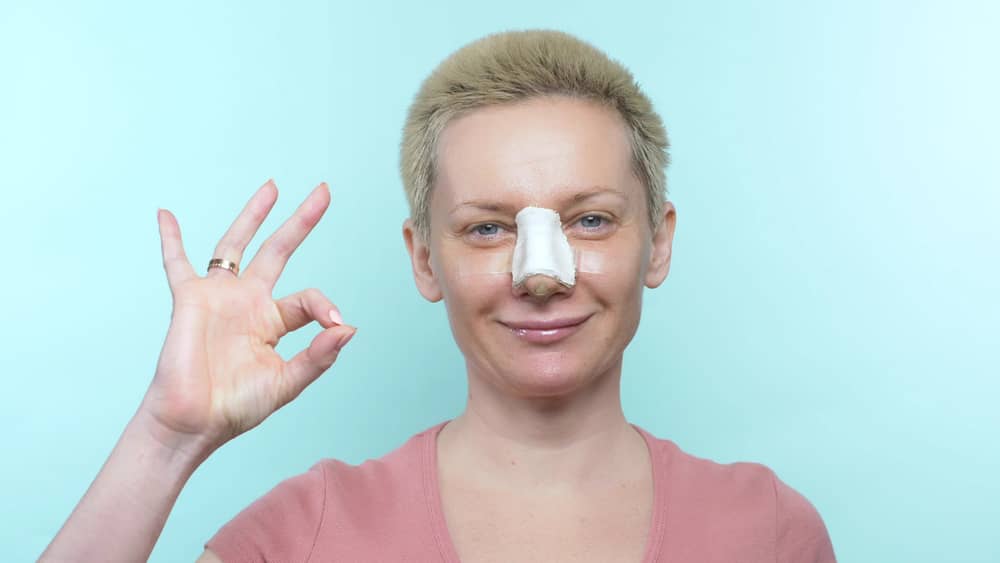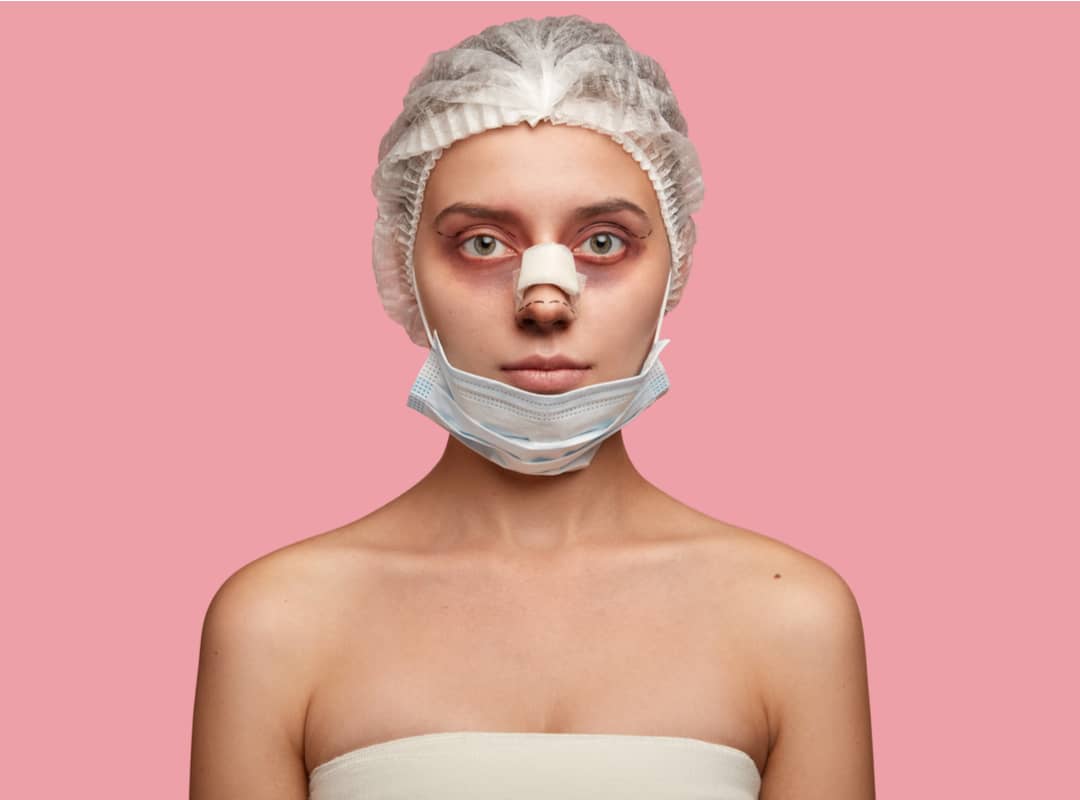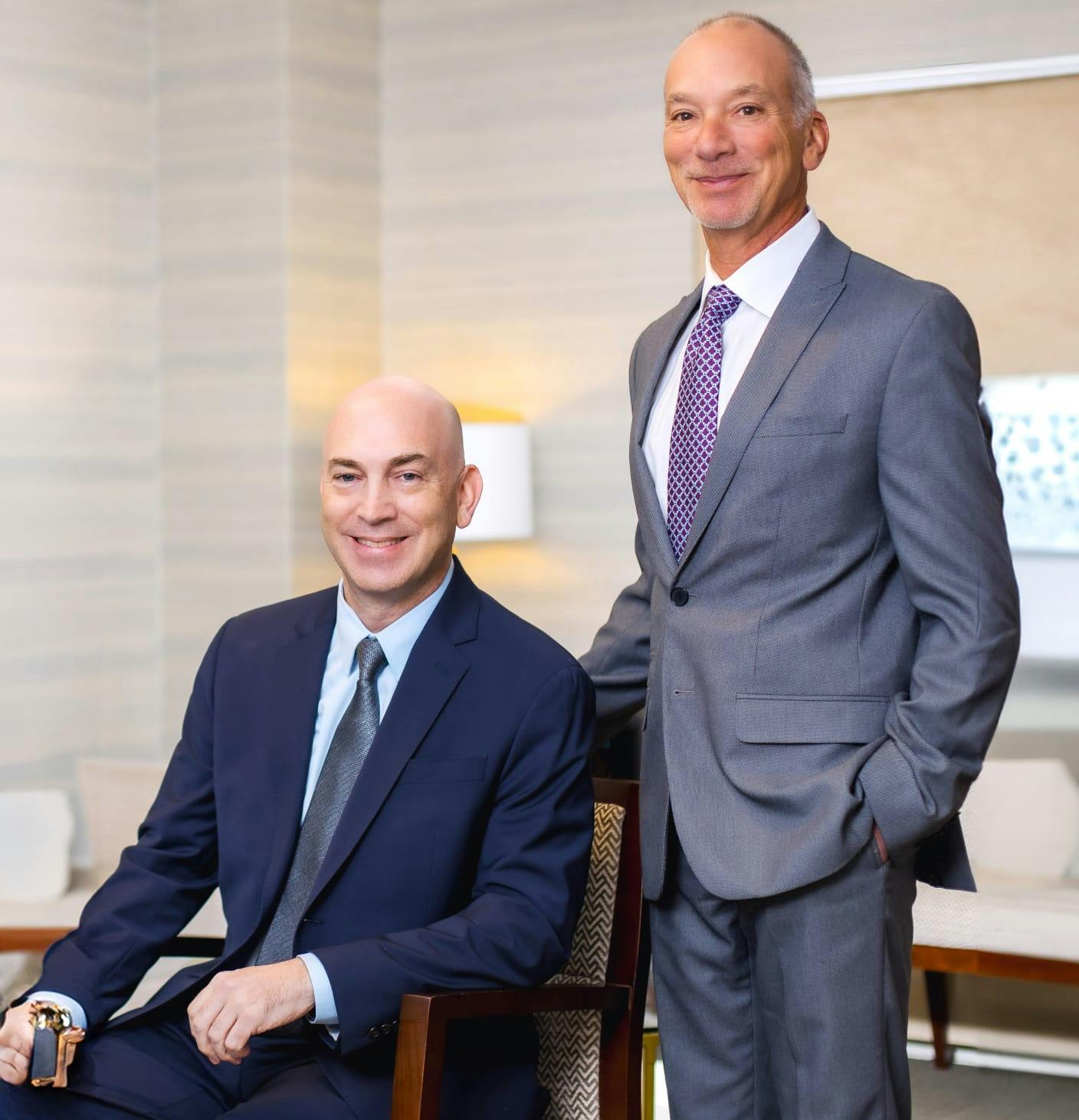Glasgold Group Plastic Surgery in New Jersey is committed to patient satisfaction, prioritizing skill and quality in helping patients reach their aesthetic goals with rhinoplasty surgery. Over 200,000 people choose to undergo rhinoplasty in the average year. This popular plastic surgery procedure alters the shape and appearance of the nose and is often referred to as a nose job.
Predicting the results of a rhinoplasty New Jersey procedure is difficult, even for experienced plastic surgeons. The human nose has complicated anatomical features, including paired nasal bones and two sets of paired cartilage. Manipulating the nose involves a subtle shift of one or more areas to create better facial symmetry and meet the client’s specific expectations.
One of the reasons rhinoplasty is so risky is that the surgeon will not be able to see the layout of the nose until the day of the surgery. They can create a plan, but that plan might change once the surgery begins if the nasal structure is different than expected. The traditional rhinoplasty method, called closed rhinoplasty, involves manipulating the nose from the inside.
This method means that the surgeon cannot view the shape of the nose clearly during the surgery. Open nose jobs are much more likely to succeed since the surgeon has better visual access to the overall structure of the nose and can make subtle manipulations more easily. The small scar that is created using this technique typically fades very well.










